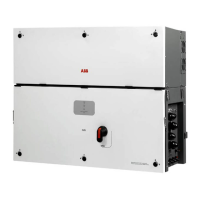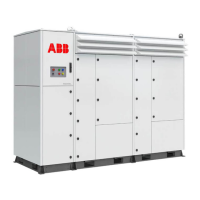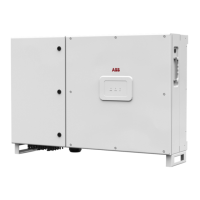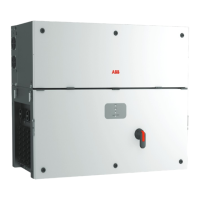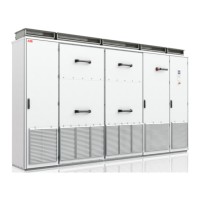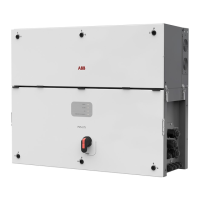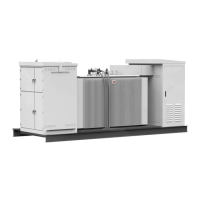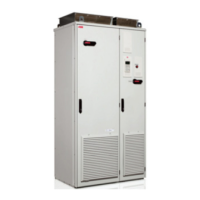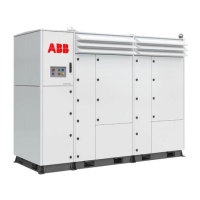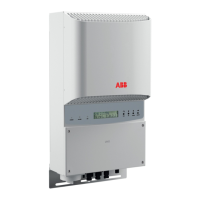Planning the installation 43
Protecting the solar array and DC input cables from short-circuits
The inverter DC string fuses and short-circuit diode protect the inverter DC circuit, the
DC input cables and solar modules from short-circuit situations provided that the DC
cables and solar array are dimensioned according to inverter nominal DC voltage,
current and string fuse ratings.
Protecting the inverter and AC output cable from thermal overload
The inverter protects itself against thermal overload provided that the cable is
dimensioned according to the nominal current of the inverter. A circuit breaker should
be installed on the AC distribution board side to protect AC cabling and electrical grid
interface devices.
The use of external RCD
The inverter has an integrated DC and AC sensitive RCMU to detect residual fault
and leakage currents. The inverter monitors residual currents during grid feeding. The
inverter will automatically disconnect from the grid if residual current is ≥300 mA or a
quick rise of ≥30 mA is detected.
During normal operation the inverters in a PV installation can generate capacitive
leakage currents typically <20 mA. Exact values cannot be given because the total
leakage current depends on the operating conditions and on the type of PV module
used in the system.
If an external RCD is required by local regulations, the use of an RCD type which has
a nominal rating of 100 mA per inverter connected to it is recommended.
Common grid type configurations
This section describes the common grid type configurations and highlights special
attention which is required when using them.
The grid is illustrated as voltage vectors representing the magnitude and phase
information for mains voltage from phases to other phases, neutral and earth. The
voltages (RMS) that are seen by the inverter between the L (Line) and N (Neutral) or
between the L and L terminals are shown in the following connection diagrams.
Neutral grounded TN and TT type grids
In neutral grounded TN and TT type grids, the voltage seen by any PVS300 inverter
is the line-to-neutral voltage. The allowed line-to-neutral RMS voltages are 208, 220,
230 and 240 V. The following connection diagrams show three PVS300 solar
inverters connected to TN-S, TN-C, TN-C-S and TT grids.
Note: PVS300 must not be connected to line-to-line voltages in neutral grounded TN
or TT grids because this would damage the inverter and be dangerous.
